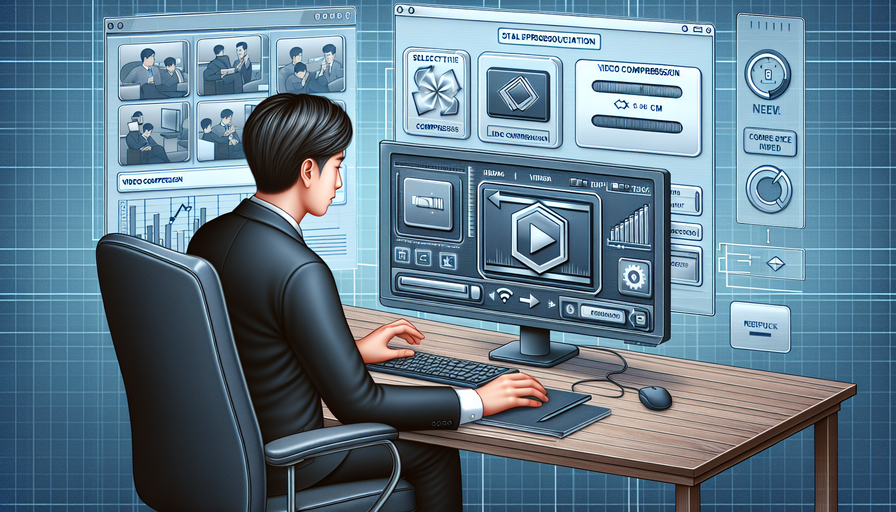Introduction
Accessing the Basic Input/Output System (BIOS) on your computer is essential for making changes to hardware settings, checking system information, and troubleshooting issues. In this guide, we will walk you through the steps to access the BIOS on different types of computers.
Accessing BIOS on Windows Computers
1. Restart Your Computer: The first step is to restart your computer. You can do this by clicking on the Start menu and selecting Restart.
2. Enter BIOS Key: During the startup process, there will be a brief moment when you see a message such as “Press F2 for Setup.” This is the key you need to press to enter the BIOS. Common keys include F2, F10, Del, or Esc.
3. Navigate Through BIOS: Once you are in the BIOS, you can use the arrow keys to navigate through the menus. Be cautious while making changes as incorrect settings can cause issues with your computer’s performance.
Accessing BIOS on Mac Computers
1. Shut Down Your Mac: To access the BIOS on a Mac computer, you need to shut it down completely.
2. Press Keys During Startup: Turn on your Mac and immediately press and hold the Command + Option + P + R keys simultaneously before the Apple logo appears.
3. Reset NVRAM: This key combination will reset the NVRAM (non-volatile random-access memory) which stores certain settings like screen resolution, time zone, etc.
Accessing BIOS on Custom-Built PCs
1. Restart Your PC: Similar to accessing BIOS on Windows computers, restart your custom-built PC.
2. Check Motherboard Manual: Different motherboards have different keys to access the BIOS setup utility. Check your motherboard manual or manufacturer’s website for specific instructions.
3. Advanced Settings: Custom-built PCs often have more advanced settings in their BIOS that allow for overclocking, fan control, and other customization options.
Conclusion
Accessing the BIOS is an important part of maintaining and customizing your computer system. Whether you are using a Windows computer, a Mac device, or a custom-built PC, knowing how to access and navigate through the BIOS can help you troubleshoot issues and optimize performance.
By following these simple steps outlined above, you can easily access the BIOS on various types of computers and make necessary adjustments with confidence.


